Home>Gardening & Outdoor>Landscaping Ideas>How To Plant Sod Grass
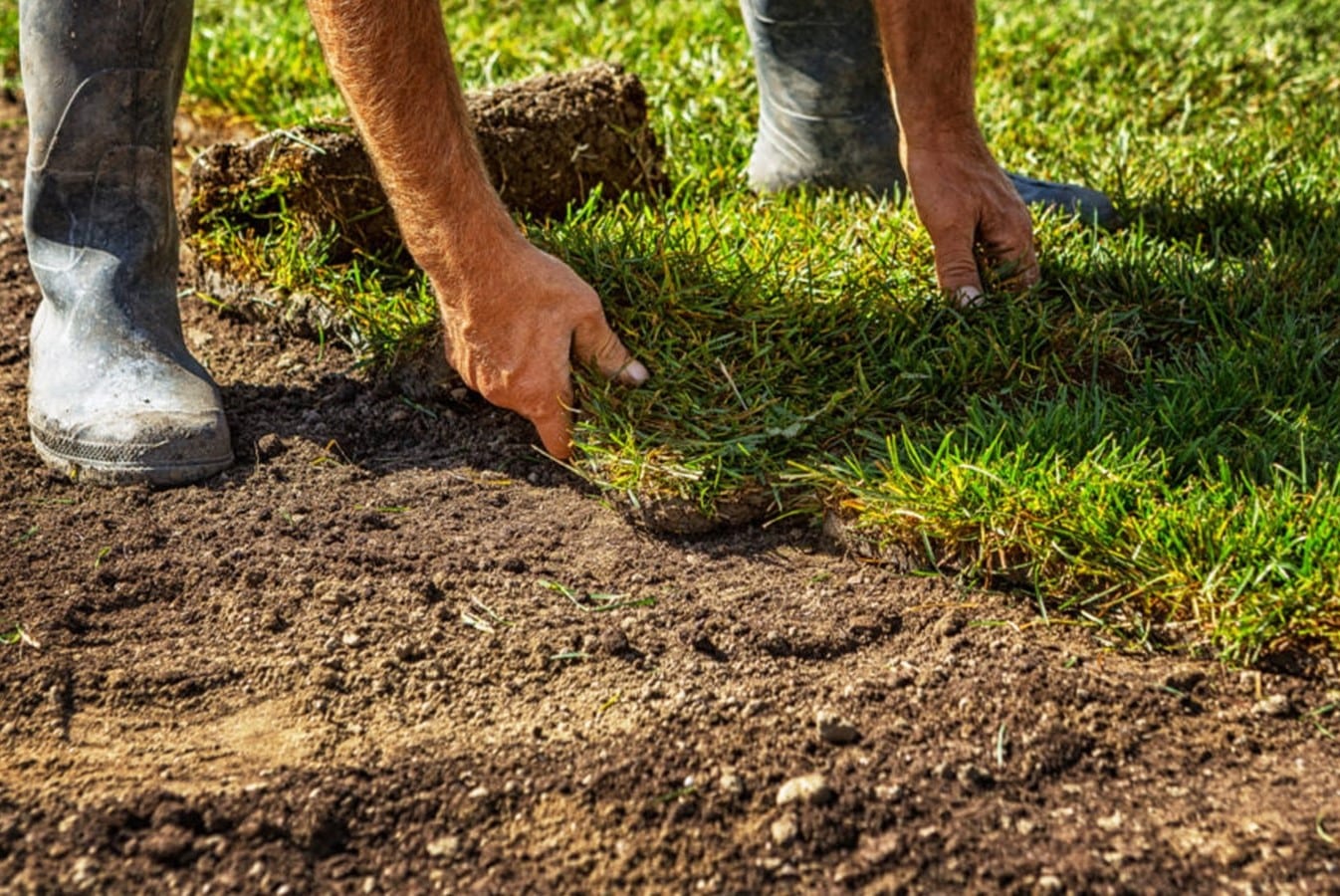

Landscaping Ideas
How To Plant Sod Grass
Modified: February 18, 2024
Learn the best techniques for planting sod grass in your yard with our landscaping ideas. Transform your outdoor space with lush, green sod for a beautiful and healthy lawn.
(Many of the links in this article redirect to a specific reviewed product. Your purchase of these products through affiliate links helps to generate commission for Storables.com, at no extra cost. Learn more)
Introduction
So, you've decided to transform your yard with a lush, green carpet of sod grass. Congratulations! This decision will not only enhance the beauty of your outdoor space but also provide a soft, inviting surface for relaxation and recreation. Whether you're a seasoned gardener or a novice enthusiast, planting sod grass can be a rewarding experience with the right guidance.
In this comprehensive guide, we'll walk through the step-by-step process of planting sod grass, from preparing the soil to maintaining your new lawn. By the end of this journey, you'll have the knowledge and confidence to create a vibrant, thriving lawn that will be the envy of your neighborhood.
Are you ready to roll up your sleeves and dive into the world of sod grass planting? Let's embark on this green adventure together!
Key Takeaways:
- Prepare the soil by removing debris, testing pH levels, and adding organic matter. Choosing the right sod for your climate and soil type is crucial for a healthy, vibrant lawn.
- Install sod by watering immediately, trimming as needed, and following a proper maintenance schedule. Consistent care during the establishment period is essential for long-term lawn health.
Read more: When To Plant Zoysia Grass Sod
Step 1: Preparing the Soil
Before diving into the sod installation process, it’s crucial to lay a solid foundation by preparing the soil. This step sets the stage for healthy root growth and overall lawn vitality. Here’s how to get started:
- Clear the Area: Begin by removing any existing grass, weeds, rocks, or debris from the area where you plan to install the sod. This can be done using a sod cutter, shovel, or herbicide, depending on the size of the area and your preference.
- Test the Soil: Conduct a soil test to determine its pH level and nutrient composition. This information will guide you in making any necessary amendments to optimize the soil for sod installation.
- Loosen the Soil: Use a rototiller or garden fork to loosen the soil to a depth of 4-6 inches. This process improves aeration and ensures that the roots can penetrate the soil easily.
- Amend the Soil: Based on the results of your soil test, amend the soil with organic matter, such as compost or peat moss, to improve its texture and nutrient content. Additionally, incorporate the recommended fertilizers to provide essential nutrients for the sod’s establishment.
- Level the Surface: Rake the soil to create a smooth, level surface, taking care to fill in any low spots and remove any high areas. This even surface will promote uniform sod growth and a visually appealing lawn.
By diligently preparing the soil, you’re laying the groundwork for a thriving sod lawn that will flourish for years to come. With the soil ready, it’s time to move on to the next exciting phase: choosing the right sod for your landscape.
Step 2: Choosing the Right Sod
As you embark on the journey of planting sod grass, selecting the right sod variety is a pivotal decision that will significantly impact the overall look and performance of your lawn. Consider the following factors when choosing the perfect sod for your landscape:
- Climate Compatibility: Take into account your local climate and the specific environmental conditions of your area. Different sod varieties thrive in varying climates, so it’s essential to choose a type that is well-suited to your region’s temperature, rainfall, and sunlight patterns.
- Intended Use: Determine the primary purpose of your lawn. Are you aiming for a durable play area for children and pets, or are you envisioning a more ornamental, low-traffic lawn? Different sod types offer distinct attributes, such as wear resistance and shade tolerance, to accommodate your specific needs.
- Soil Compatibility: Consider the soil composition and drainage in your yard. Some sod varieties excel in sandy soils, while others thrive in clay-based or loamy soils. Choosing sod that complements your soil type will facilitate successful establishment and long-term health.
- Visual Appeal: Evaluate the aesthetic characteristics of different sod grass types. From fine-textured, manicured lawns to lush, broad-bladed varieties, there’s a diverse array of options to suit your visual preferences and complement your landscape design.
- Supplier Reputation: Research reputable sod suppliers in your area. Quality sod from trusted sources is more likely to have been grown under optimal conditions, resulting in healthier, more vigorous grass that will thrive when transplanted to your yard.
By carefully considering these factors, you can make an informed choice that aligns with your unique preferences and the specific conditions of your outdoor space. Once you’ve selected the ideal sod variety, you’re ready to move forward in the sod installation process and transform your yard into a verdant oasis.
Before planting sod grass, make sure to prepare the soil by removing any debris and tilling the top layer. Water the soil thoroughly before laying the sod to help with root establishment.
Step 3: Installing the Sod
With the soil prepared and the perfect sod variety chosen, it’s time to bring your vision to life by installing the sod. This transformative step will turn your outdoor space into a lush, inviting haven. Follow these guidelines to ensure a successful sod installation:
- Timing is Key: Plan to install the sod shortly after it is delivered to ensure its freshness and viability. Avoid letting the sod sit for extended periods, especially in hot or dry conditions.
- Begin Along a Straight Edge: Start laying the sod along a straight edge, such as a driveway or sidewalk, to establish a neat, uniform border for your lawn. This initial alignment will serve as a reference point for the entire installation.
- Stagger the Joints: Offset the sod pieces in a brick-like pattern to avoid creating continuous seams. Staggering the joints enhances sod stability and encourages seamless growth across the entire lawn.
- Proper Seating: Gently press the sod into the soil to ensure good soil-to-root contact. This step facilitates efficient water absorption and encourages the roots to establish themselves firmly in the soil.
- Trimming and Shaping: Use a sharp knife or sod cutter to trim the sod pieces as needed to fit around landscape features, curves, and edges. Precision trimming will result in a polished, professional-looking lawn.
- Water Immediately: As soon as a section of sod is installed, thoroughly water it to prevent dehydration and promote rapid root establishment. Adequate watering is crucial in the initial days following installation to facilitate seamless integration with the soil.
By following these steps, you’ll be well on your way to creating a stunning, vibrant lawn that will elevate the beauty and functionality of your outdoor space. With the sod successfully installed, the next phase involves nurturing and maintaining your new lawn to ensure its long-term health and vitality.
Step 4: Watering and Maintenance
After the exhilarating process of installing the sod, it’s essential to provide diligent care to ensure its successful establishment and long-term health. Watering and maintenance play a crucial role in nurturing your new lawn. Here’s how to effectively care for your sod grass:
- Initial Watering: Immediately after installation, thoroughly water the sod to a depth of 4-6 inches. This initial watering is critical to ensure that the roots make firm contact with the soil and to prevent the sod from drying out.
- Establishment Period: For the first two weeks following installation, keep the sod consistently moist by watering it multiple times a day. This frequent watering regimen promotes robust root development and accelerates the sod’s integration with the soil.
- Transition to Regular Watering: Once the sod is firmly rooted and shows signs of new growth, gradually transition to a regular watering schedule. Deep, infrequent watering is preferable to frequent, shallow watering, as it encourages deep root growth and overall lawn resilience.
- Mowing Guidelines: When the sod reaches a height of 3-4 inches, it’s time for the first mowing. Set the mower blade at a height that removes no more than one-third of the grass blade’s length. This gentle approach prevents stress on the sod and promotes healthy, dense growth.
- Fertilization: After the sod has been in place for approximately 4-6 weeks, consider applying a high-quality, slow-release fertilizer to provide essential nutrients for sustained growth and vibrant color. Follow the manufacturer’s recommendations for application rates and timing.
- Weed Control: Keep an eye out for weeds and address them promptly to prevent competition for resources and maintain the sod’s uniform appearance. Selective herbicides or manual removal can effectively manage weed infestations without harming the sod.
By adhering to these watering and maintenance practices, you’ll foster a robust, resilient sod lawn that will thrive for years to come. Consistent care and attention during the early stages of sod establishment are instrumental in shaping a healthy, verdant lawn that will enrich your outdoor living experience.
Read more: How To Maintain Sod Grass
Conclusion
Congratulations on completing the journey of planting sod grass and transforming your outdoor space into a vibrant, inviting oasis. By following the step-by-step process outlined in this guide, you’ve embarked on a gratifying endeavor that will yield a beautiful, functional lawn for years to come.
As you reflect on this transformative experience, remember that the key to a thriving sod lawn lies in meticulous preparation, thoughtful selection, and attentive care. Your dedication to preparing the soil, choosing the right sod variety, installing the sod with precision, and nurturing its growth through proper watering and maintenance has laid the groundwork for a verdant, resilient landscape.
Now, as you witness your sod grass take root and flourish, take pride in the beauty and tranquility it brings to your outdoor environment. Whether you envision lively gatherings with loved ones, tranquil moments of relaxation, or playful outdoor activities, your new sod lawn is poised to accommodate and enhance these experiences.
As you continue to care for your sod lawn, remember that each act of maintenance and nurturing contributes to its long-term vitality. By providing the right balance of water, nutrients, and attention, you’ll ensure that your sod grass remains a lush, verdant focal point in your outdoor sanctuary.
Thank you for embarking on this green adventure with us. May your sod lawn bring joy, comfort, and natural splendor to your everyday life, serving as a testament to your dedication to creating a captivating outdoor haven.
Frequently Asked Questions about How To Plant Sod Grass
Was this page helpful?
At Storables.com, we guarantee accurate and reliable information. Our content, validated by Expert Board Contributors, is crafted following stringent Editorial Policies. We're committed to providing you with well-researched, expert-backed insights for all your informational needs.
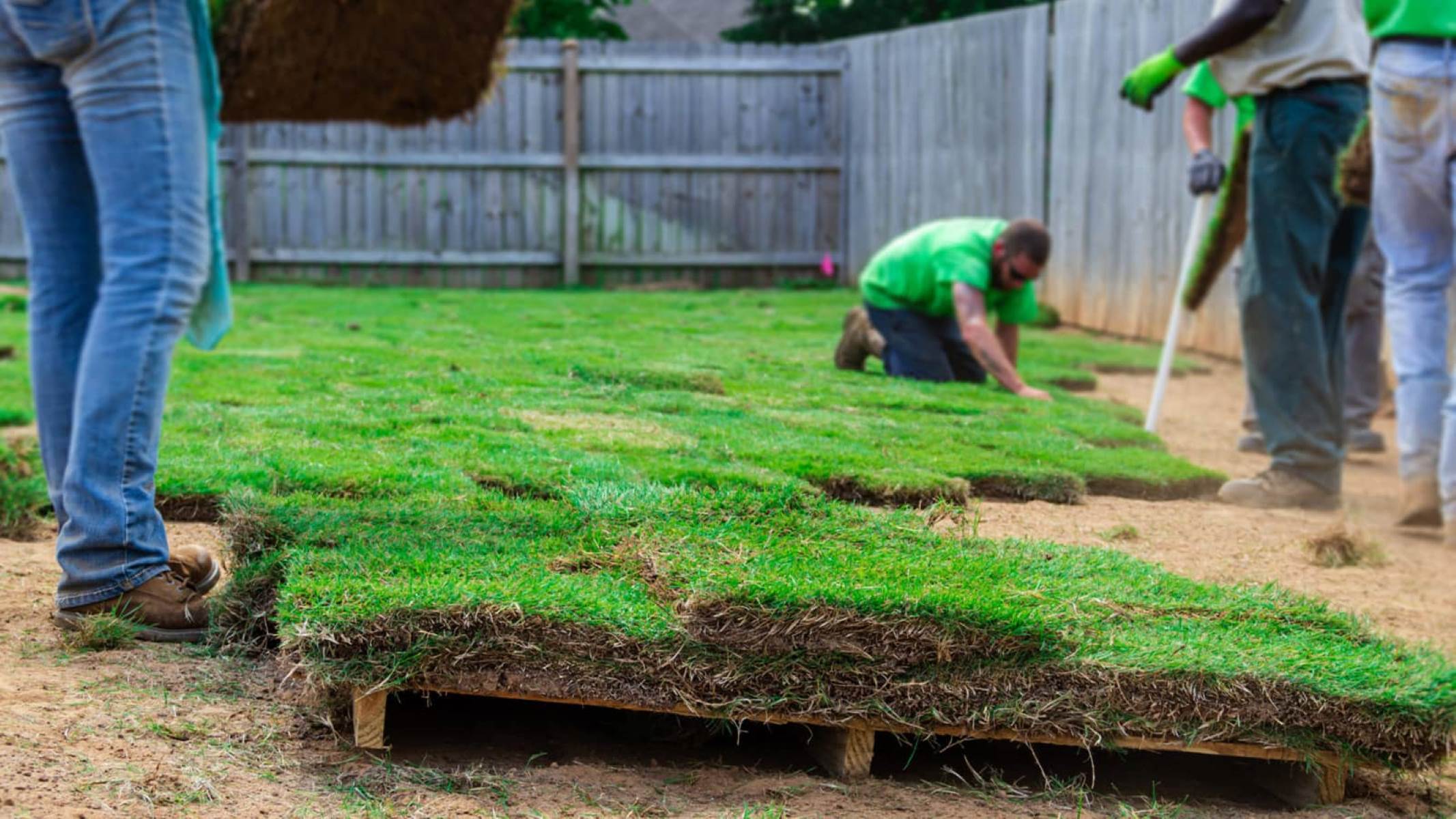
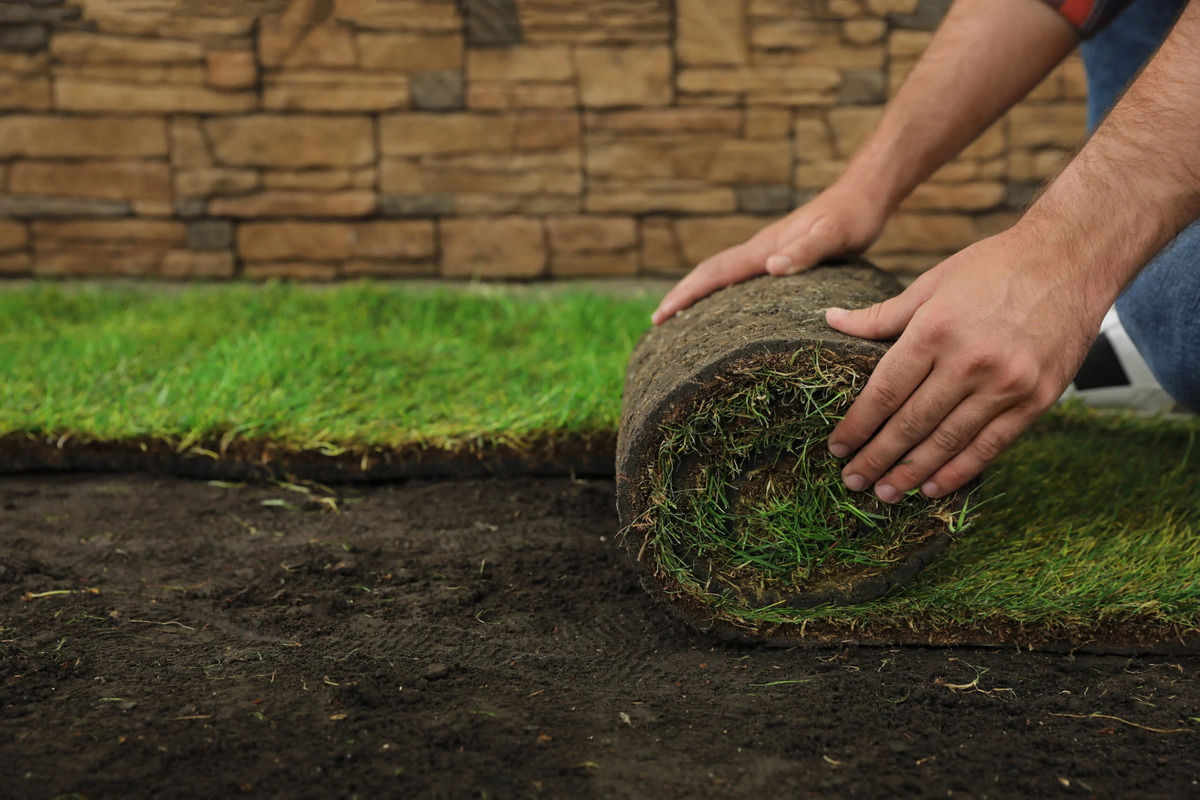
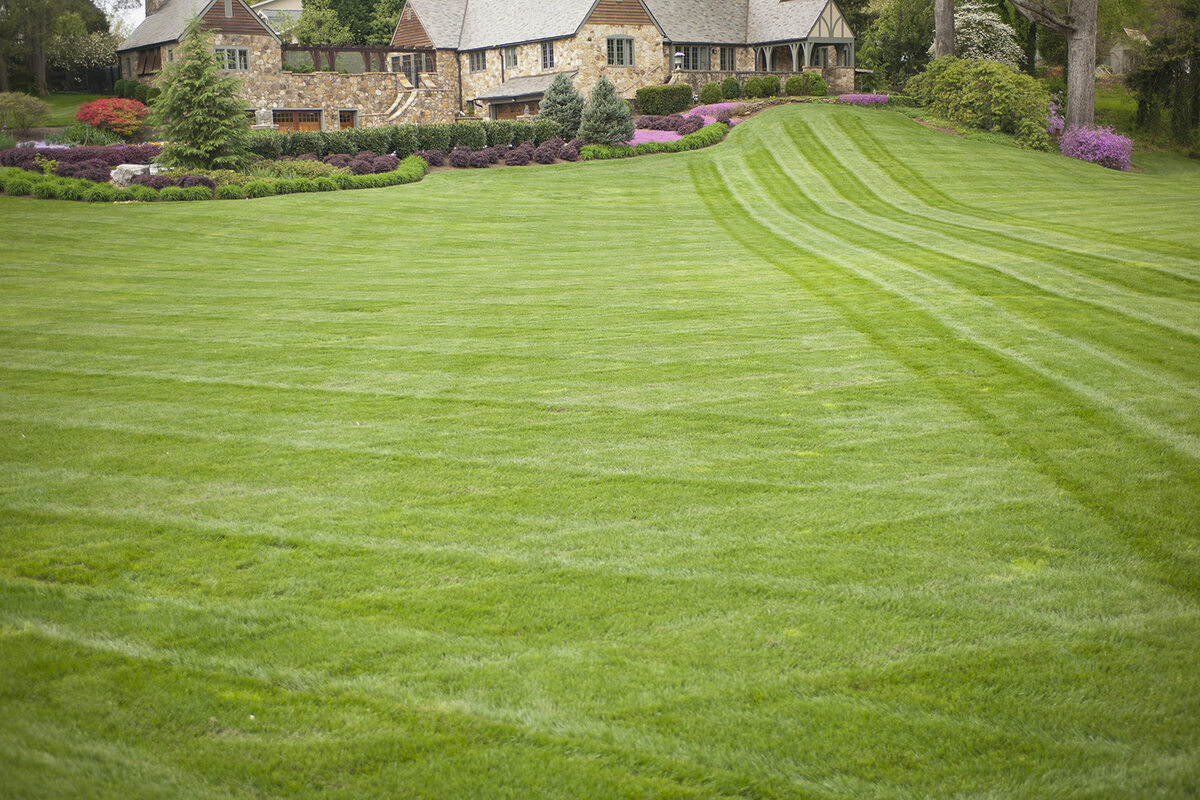
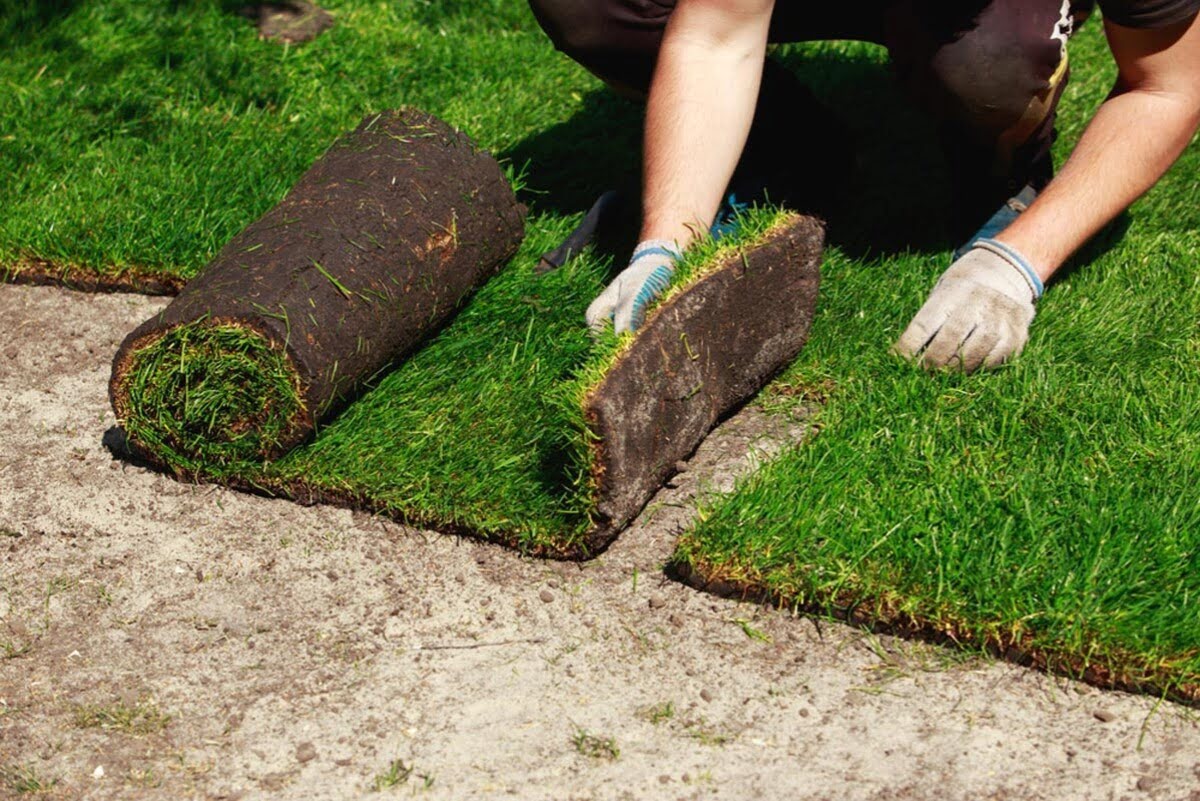
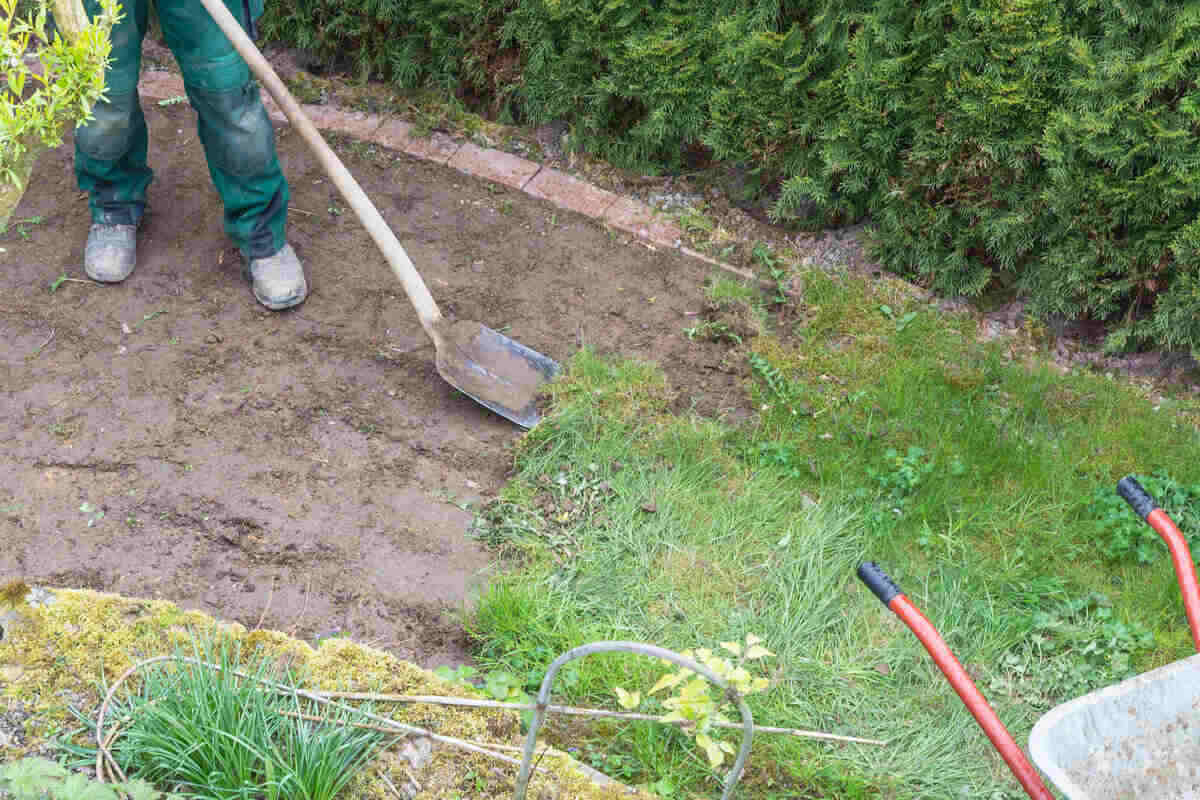
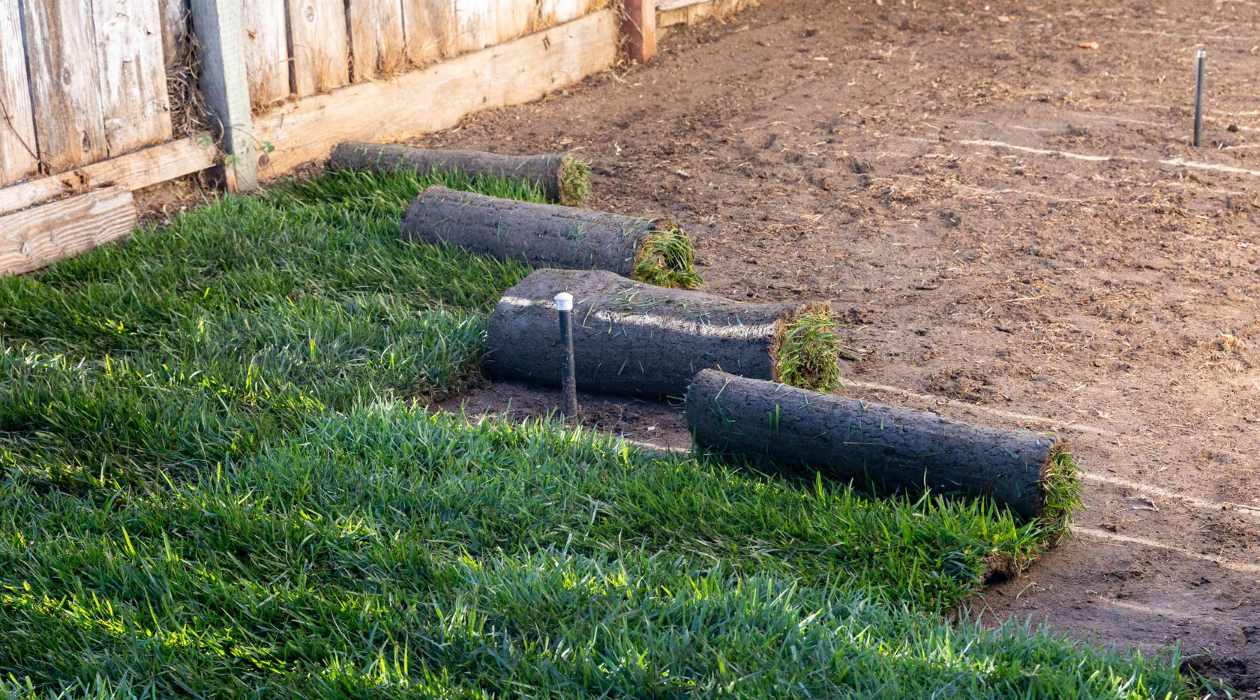
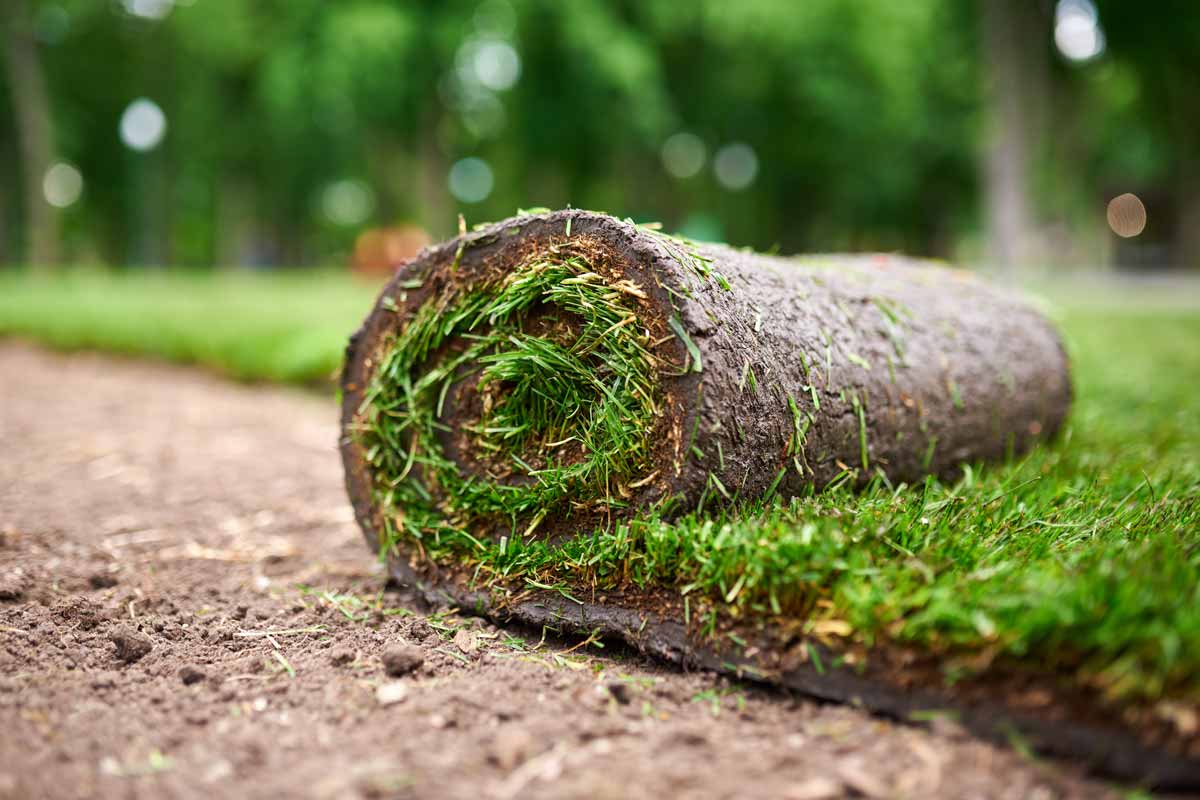
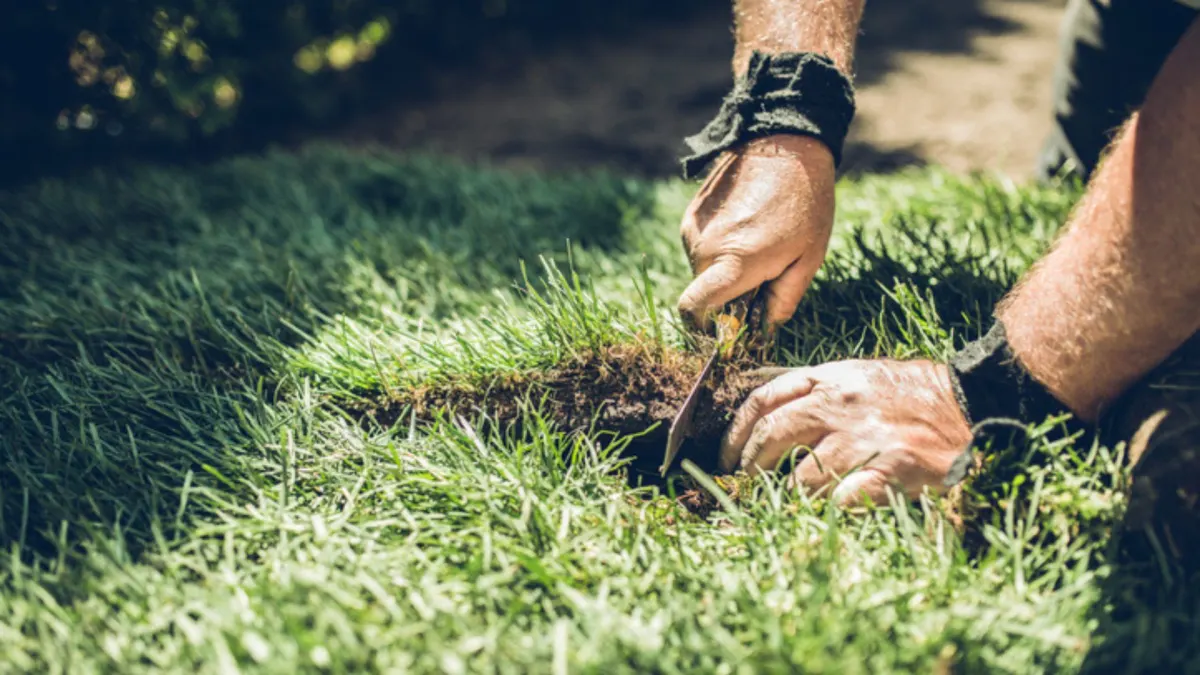
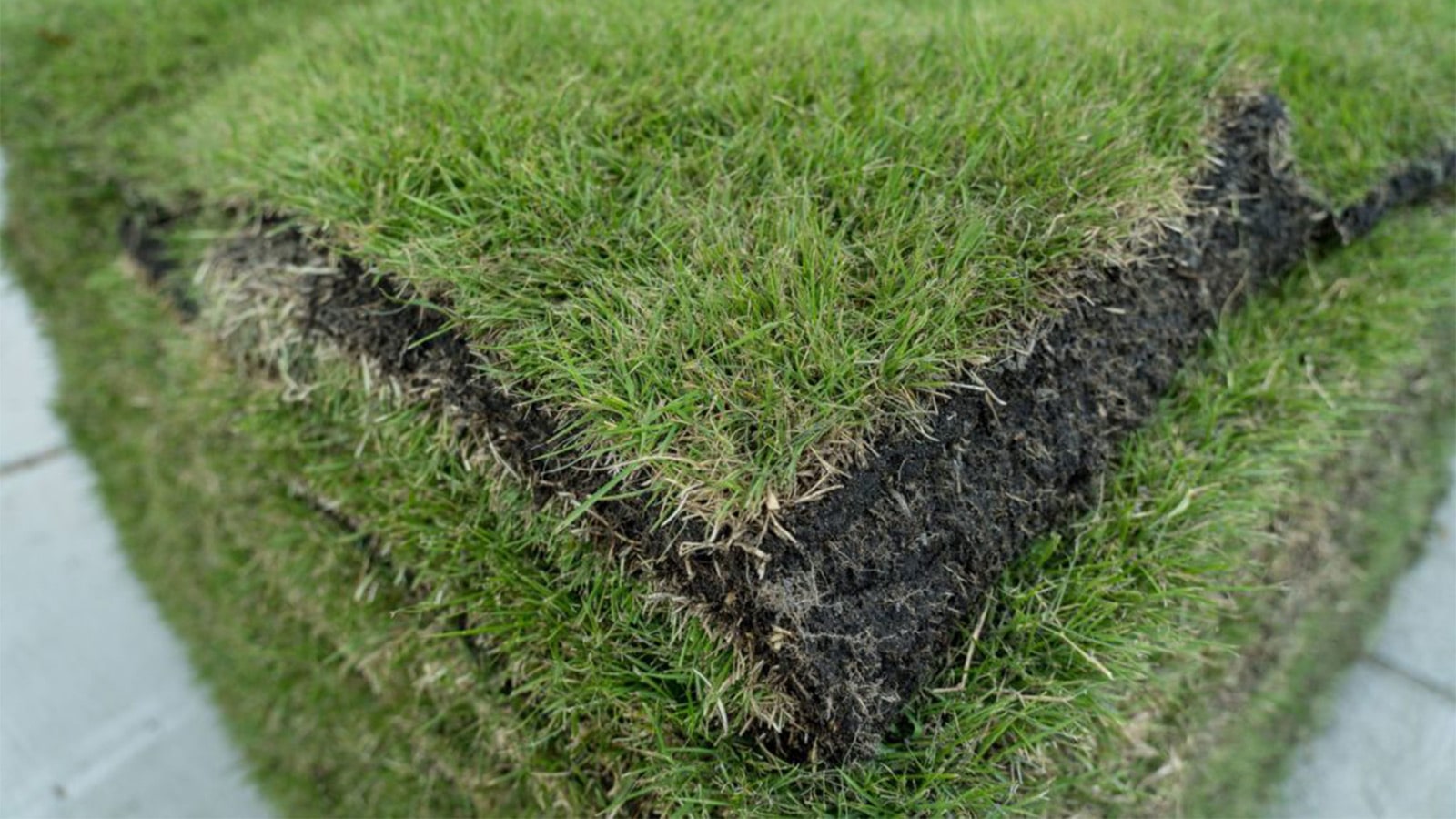
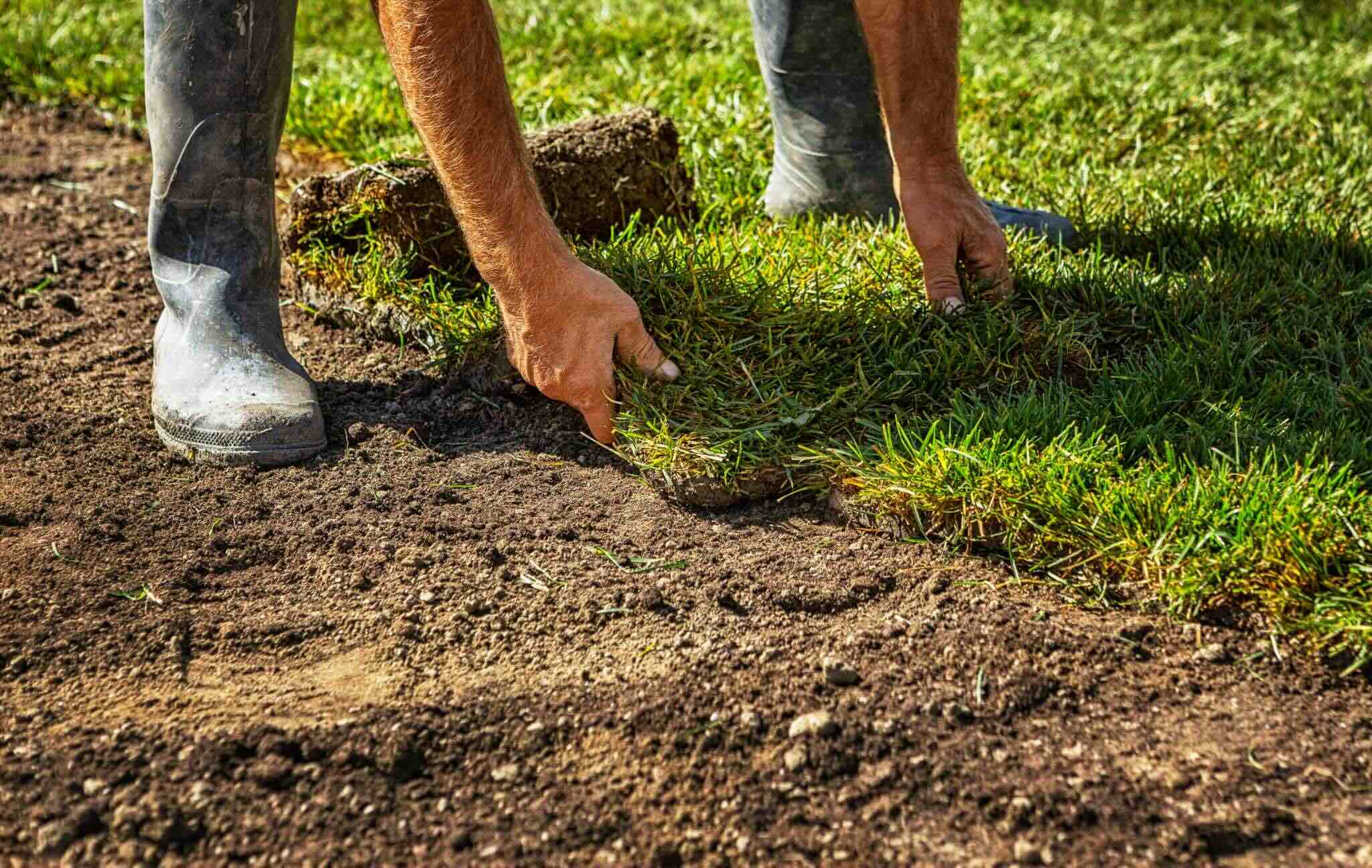
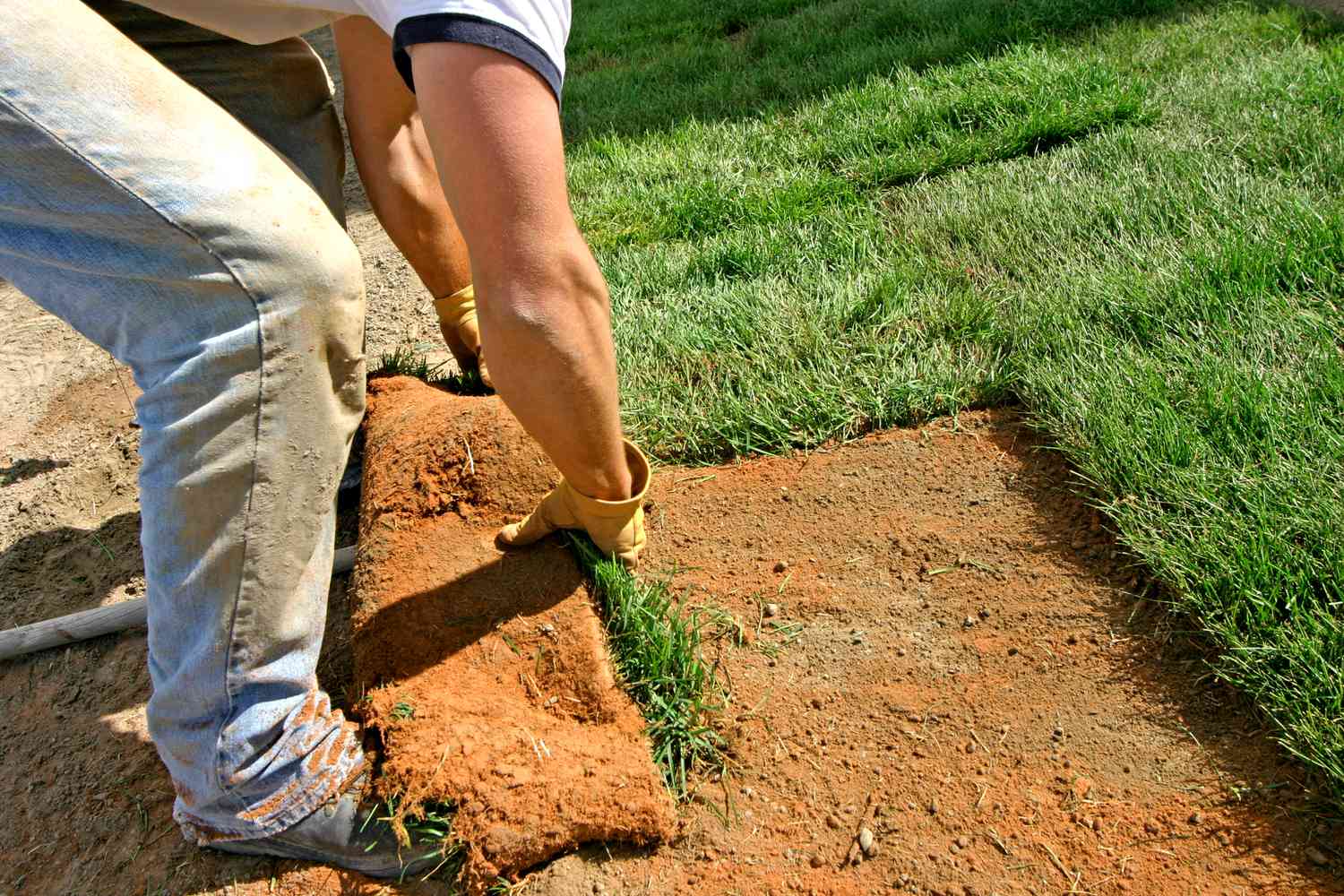
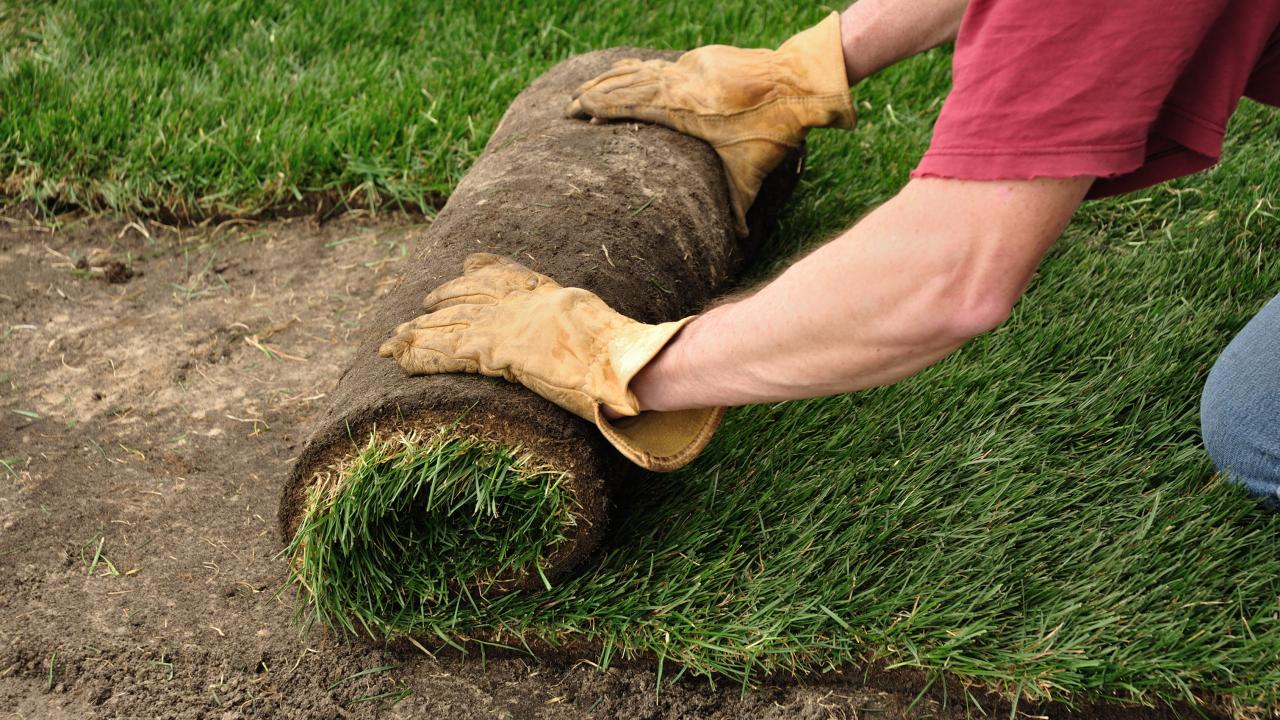
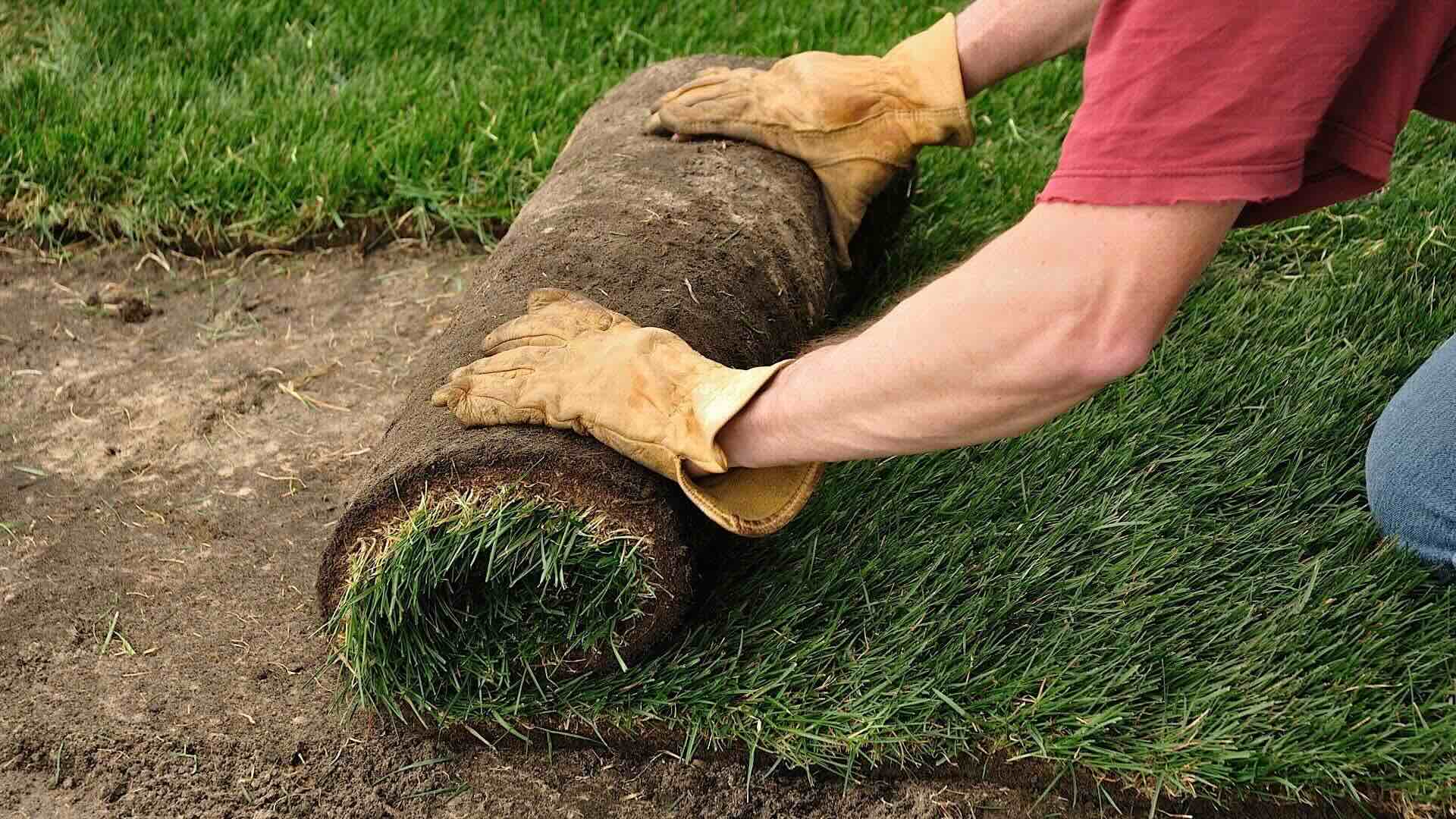
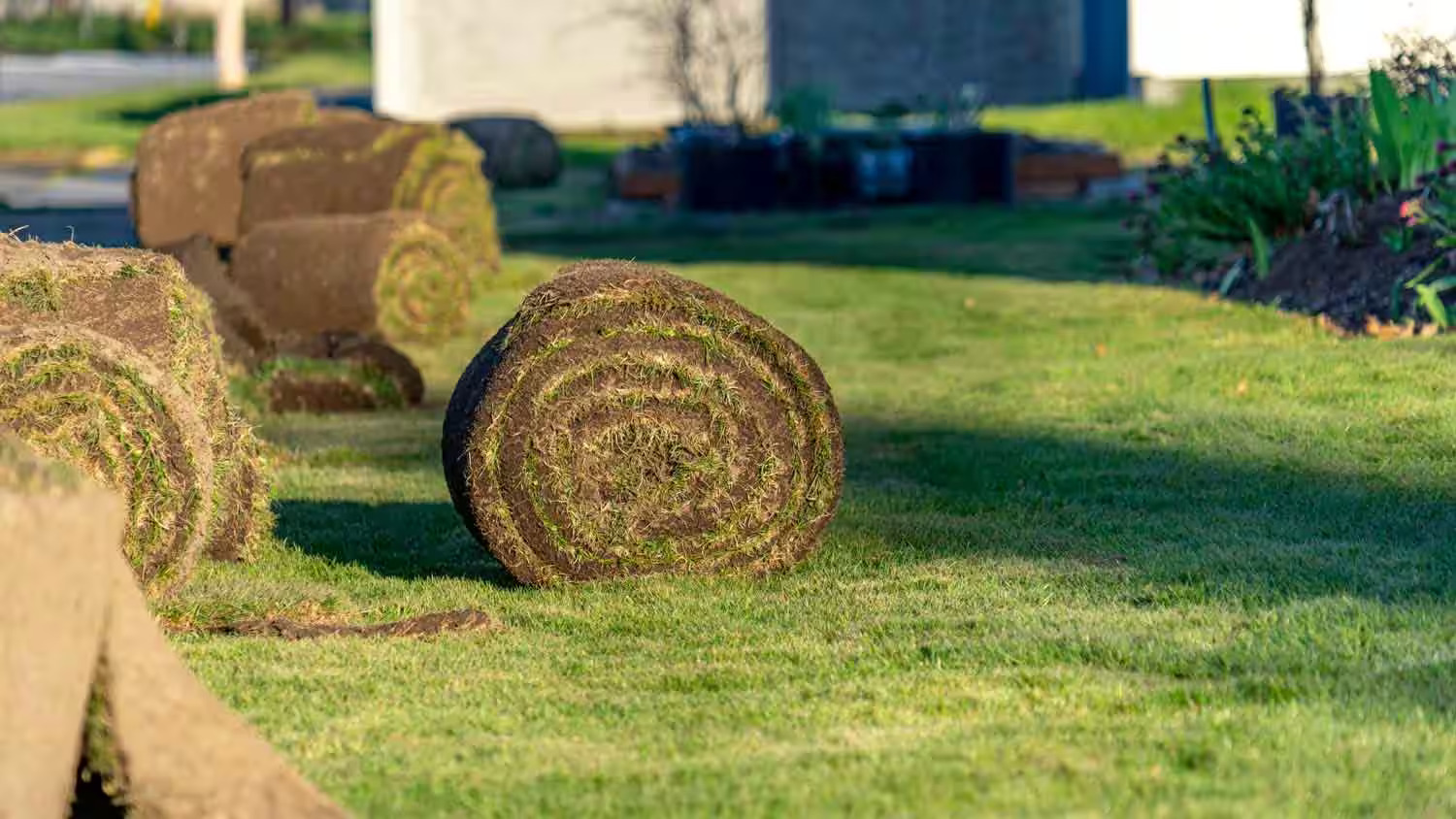

0 thoughts on “How To Plant Sod Grass”